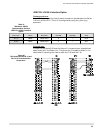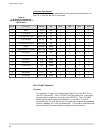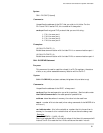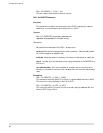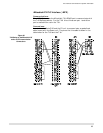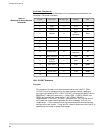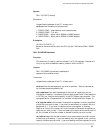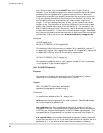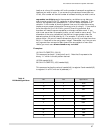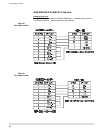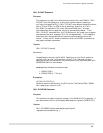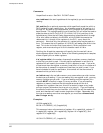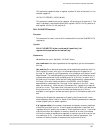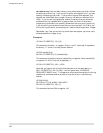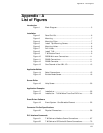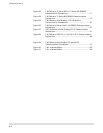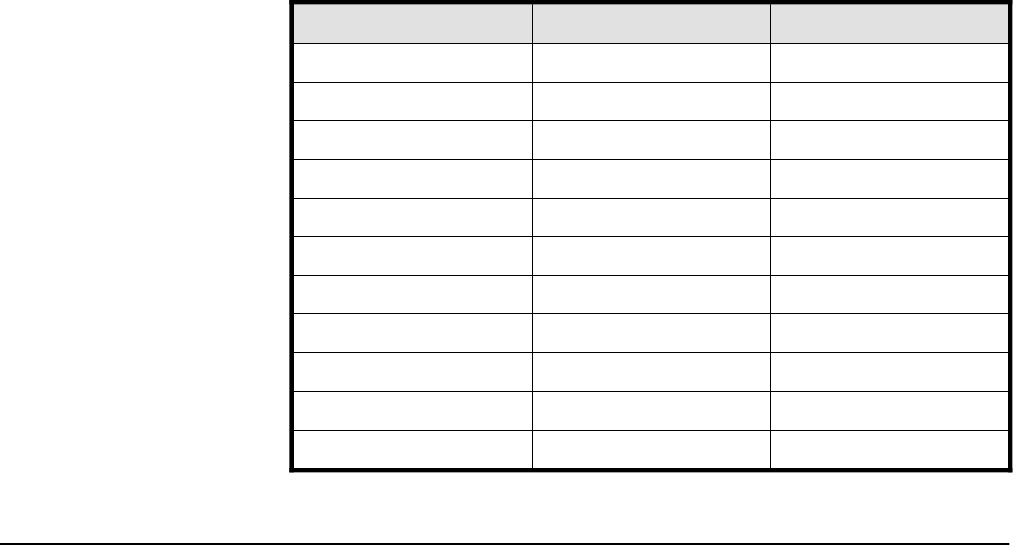
location at a time, this number will be the number of consecutive registers or
locations you wish to write. If you are writing the status of more than one
I/O bit, this number will be the number of consecutive bits you wish to write.
expression/variable/array is the expression, variable or array data you
wish to write to the PLC’s I/O, registers, or other memory locations. If the
value of # of registers/bits (see above) is 1, this will be an expression or a
variable. If the number of words is greater than one, this must be an array
(make sure you properly dimension the array prior to using it). If you wish to
write the status of up to 16 I/O bits, you will be writing one word, and
therefore will need to use an expression or discrete variable name. If you
wish to set more than 16 consecutive bits, you will need to use an array. The
dimension of the array variable will be the next integer greater than the
desired number of bits divided by 16. For example, if you wish to set the
status of bits 1-24 you will need to dimension your array to at least two since
24/16 = 1.5 and two is the next greater integer. Remember, any time you are
writing more than one word of data (more than one register or more than
16bits) you must use a dimensioned array variable.
Examples:
10 CALL PLCWRITE(1,3,9,2,3)
This command writes a 1 to outputs 0 and 1. Note that 3 represents the
binary “11" which is the bit pattern desired.
10 DIM newdat%(10)
20 CALL PLCWRITE(1,4,5,2,newdat%(4))
This command writes the value of newdat%(4) to register 5 and newdat%(5)
to register 6 in a PLC with an id (address) = 1.
PLC T-60 Signal Name
7 3 GND
16 4 TXD-
3 5 TXD+
15 6 RXD-
2 7 RXD+
N/C 8 SHIELD
4 DSR+
8 GND
20 GND
21 PWE
17 DSR-
Table 16
PLC/Model/Signal Name
PLC Interface Commands PLC Specific Information
97



